

The "Max Summer School at Geidai" returns for its 8th edition this year with the theme of "Max and Human Enhancement." In recent years, the progress of generative AI using natural language processing has been remarkable, and there are high expectations for the future development of AGI (Artificial General Intelligence) and robotics. At the same time, Tesla’s brainwave devices aim to connect the human brain to computers, and the rapid evolution of AR/VR/XR technologies continues. These technologies, along with their potential applications in Max, are likely to gain even more attention in the future.
As in previous years, a workshop will be held for those who are new to Max, offering a thorough introduction to Max programming. The workshop is divided into four levels: Very Beginnerm Beginner, Intermediate, and Advanced allowing participants to learn Max at their own pace. In addition to technical explanations, the workshop will focus on practical knowledge, exploring what can be done with Max, what kind of performances are possible, and what kinds of sounds can be created. Participants will learn about Max's diverse applications, including real-time sound generation, video, installations, and more.
The lectures will be based on examples prepared specifically for the workshop. Participants will work on programming using their own computers, with hands-on learning. As in previous years, Discord will be utilized to create an environment where participants can ask questions to tutors and review or apply the material.
This year, the workshop will be held in a hybrid format, both in-person at the Tokyo University of the Arts, Senju campus, and online. For those who are unable to attend in real-time, an archive will be available for viewing at any time.
In Max-based expression, the use of sensors to recognize body movements and apply them to music and visuals is a widely practiced technique. Moreover, by combining Arduino and Raspberry Pi, it becomes possible to control motors and operate robots directly from Max. Additionally, by integrating AI and OSC to communicate with other devices, new possibilities for creation continue to emerge.
This year’s theme focuses on the question: "Can Max be used to enhance human physical capabilities?" We are entering an era where technology can extend human potential. As part of this exploration, we will invite the robotics company Skeletonics to challenge the boundaries of human augmentation. Skeletonics is a system where humans can physically enter a robot and control it through their movements. By combining this advanced technology with Max, we aim to explore new possibilities for body enhancement.
Other workshops will introduce new features of Max 9, which have garnered attention in recent years. Max 9 introduces new audio objects based on the Ableton ABL library, making it possible to patch popular Ableton Live Suite devices via a patchable interface that mimics their internal operations. Furthermore, the integration of text-based coding and visual patching has been enhanced, particularly with the complete redesign of the JavaScript V8 engine, enabling modern, fast coding that leverages the latest language features (ES6+). Additionally, new features have been added to Jitter, expanding the possibilities for visual expression.
Through Max, we will explore specific methods that can be realized and share insights into what can be achieved with them—insights that have never before been shared in workshops worldwide. This workshop promises to bring fresh and exciting ideas that have never been seen before. By learning new techniques and showcasing them to your friends or colleagues when you return to your school or workplace, you are sure to impress and spark amazement.
Moreover, this could be the opportunity for you to become a performer on stage, using Max as your tool. The combination of Max with other technologies is sure to spark entirely new ideas that you never expected.
Max (Max/MSP/Jitter) is a programming development environment with a graphical interface. Initially developed for composing computer music, its intuitive usability and flexibility have made it widely used for building interactive systems for real-time sound synthesis and performance. Moreover, Max is also employed in the creation of multimedia, video, and media art works using the internet, expanding the possibilities for diverse expressions.
Max was developed at IRCAM (Institut de Recherche et Coordination Acoustique/Musique) in Paris, France, and is currently sold and developed by Cycling '74, based in California, USA.
When making inquiries, please provide:
① Applicant’s name
② Desired course (Max Summer School)
③ Inquiry details
④ Contact information
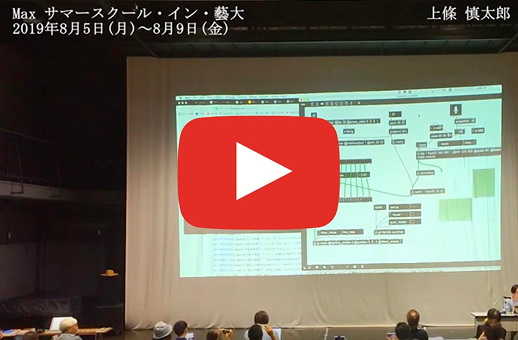
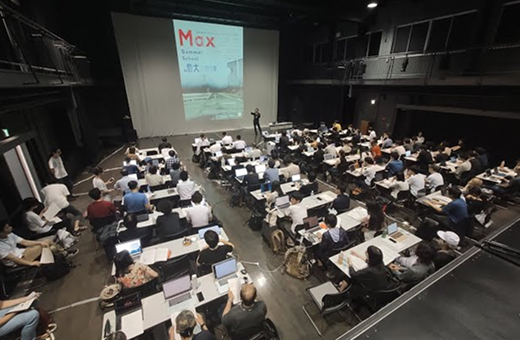
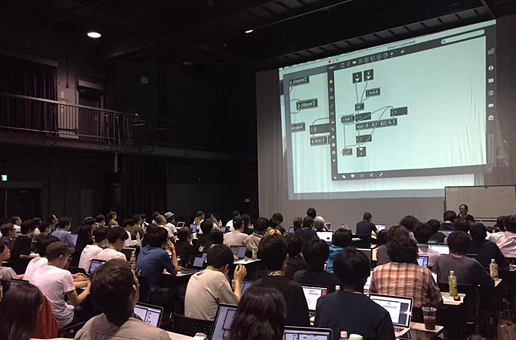
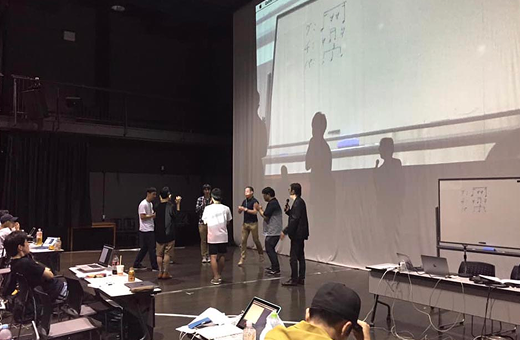
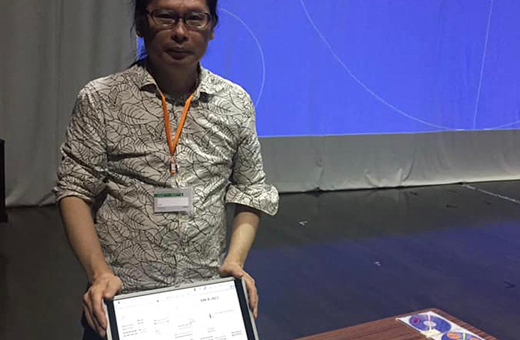
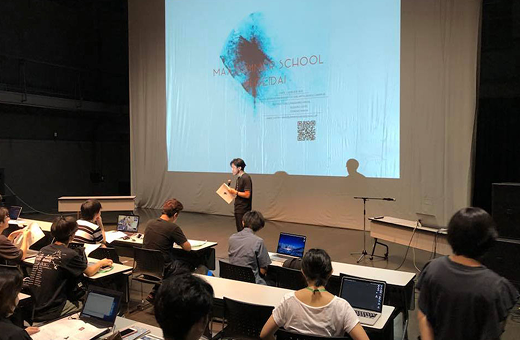

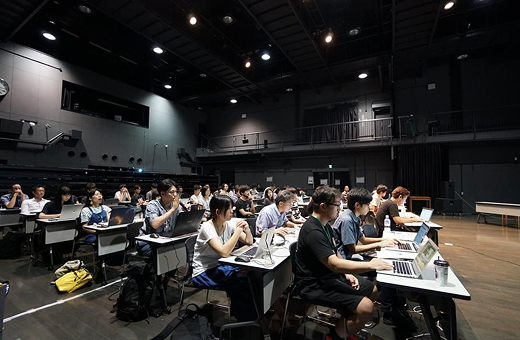

Daichi Akiyama
Gaku Kishi
Iori Iwashima, REI Inc.
Hitomi Tamura
Fushi Sano